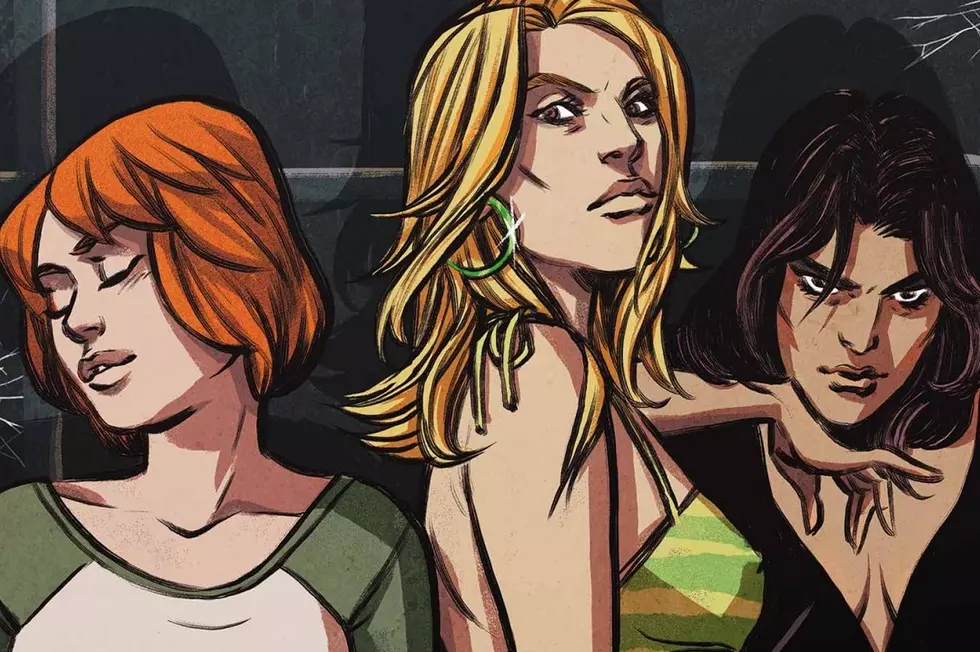
Strip Panel Naked: Framing Dialogue in ‘Sons of Anarchy’
There's a really famous set of panels that Wally Wood curated over the years, traditionally referred to as "Wally Wood's 22 Panels That Always Work!!". It's a set of panels that will always work when, as an artist, you're stuck in a situation of characters speaking to each other page after page. Sometimes it's necessary for the story, so these 22 panels are ways to visually change up your visuals through the pages.
What Wood didn't talk about was what the panels mean, or what they give a reader as extra storytelling devices. They all do work in different ways, too. For example, the first panel, "Big head" --- that's giving you a sense of imposition, importance, focus. Panel 4, "profile, no bg", starts to give you context for the two people, and generates a level of intimacy. So it's not just about knowing these 22 panels, but it's also knowing how to implement them to further the story being told in the dialogue, through the pages.
In Sons of Anarchy: Redwood Original #8, by Ollie Masters, Eoin Marron, Adam Metcalfe and Ed Dukeshire, there are a few pages that really highlight how Marron has a clear grasp of those panels. There's a dialogue scene that happens near the end of the book, with Clay and Jax. In it, you can see a bunch of Wood's panels in use, but what's great is you can understand the flow of the conversation based purely on the visuals. I've erased the dialogue so you can get a sense of how it works silently.
What stands out immediately from this first page though, is how much focus sits on Clay. We get a real sense of him being a dominating force, because we never actually see a shot of Jax's face until the second page, and even then it's only one frame. He's pushed to the back there, too, hugely reduced in size compared to Clay.
This all speaks to show Jax's apparent weakness and underling status compared to Clay. We open with the hand on the shoulder, a power move in body language, and then follow it up with a large image of Clay's face, then a push in on his mouth, and a reveal to him seeming joyous. His "tough man" exterior fades for a second and his body language is welcoming, ending the page with Clay putting his arms around Jax. Throughout all this, Clay fully leads the situation. He's the one with his arm on Jax, his body wrapping around his at the end.
If any of these moments were framed differently, the balance of the page would begin to shift. If Jax instead had a "big head" panel for his dialogue in panel 2, the emphasis would switch back to him, the power would slide over that way, and Clay would lose some emphasis. That's fine, and would have been an approach that could have worked for a different back and forth, but it's important to know how it would have changed the storytelling. Marron seems incredibly aware of that, making great choice after great choice.
It's worth giving a nod to Metcalfe here, too. He knows when to drop Clay into shadow for certain panels, to give them a grave undertone. In that second panel, Clay sits in shadow, which starts to shift out on the close-up of his mouth, before disappearing completely on Clay for the final two panels, where he seems more open and embracing. This is a team that fully understands what they're trying to say.
So, ultimately, it's all told through a combination and adaptation of the panel types that Wally Wood collated all those years ago. Importantly, though, with a level of storytelling insight to make them all work as a cohesive whole.
In Strip Panel Naked, Hassan Otsmane-Elhaou looks at elements of the art of visual storytelling on the comics page.
More From ComicsAlliance









